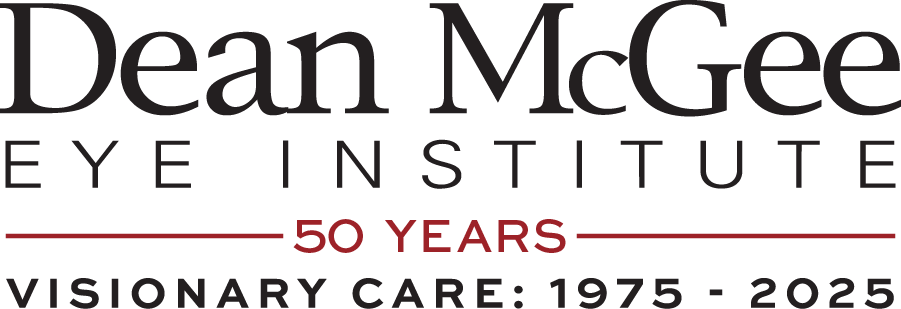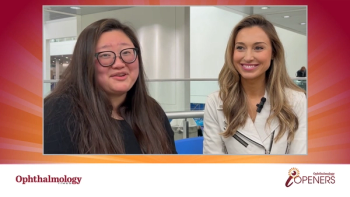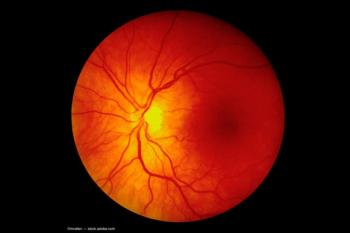
Research to Prevent Blindness awards grant to OU Department of Ophthalmology

The University of Oklahoma Health Sciences Center has received an unrestricted grant from Research to Prevent Blindness for $575,000 over 5 years to support eye research conducted by the Department of Ophthalmology.
The University of Oklahoma Health Sciences Center (OUHSC) has received an unrestricted grant from Research to Prevent Blindness (RPB) for $575,000 over 5 years to support eye research conducted by the Department of Ophthalmology.
The funding has been awarded based on a thorough review of criteria, including the department’s research activities, laboratory environment, and clinical and scientific staff, as evaluated by RPB’s renowned Scientific Advisory Panel.
The funds will be deployed at the discretion of the Department Chair, to provide maximum flexibility in developing and expanding eye research programs, and to provide opportunities for creative planning that go beyond the scope of restricted project grants.
OUHSC holds one of only 30 RPB unrestricted grants nationwide.
“This grant will be critical to advancing our department’s scientific study of retinal degenerations, diabetic eye disease, infectious and inflammatory disease, and other conditions that can result in permanent vision loss,” said R. Michael Siatkowski, MD, MBA, the Edward L. Gaylord professor and chair of the University of Oklahoma (OU) Department of Ophthalmology and chief executive officer of the Dean McGee Eye Institute. “All of us at OU are extremely grateful to RPB for their generous support and the extraordinary impact it has had on the growth and success of our vision research programs.”
Since it was founded in 1960, RPB has channeled more than $397 million into eye research. As a result, RPB has been identified with nearly every major breakthrough in vision research during that time. For information on RPB’s grant program, listings of RPB institutional and individual grantees, and findings generated by these awards, go to
Newsletter
Don’t miss out—get Ophthalmology Times updates on the latest clinical advancements and expert interviews, straight to your inbox.













































